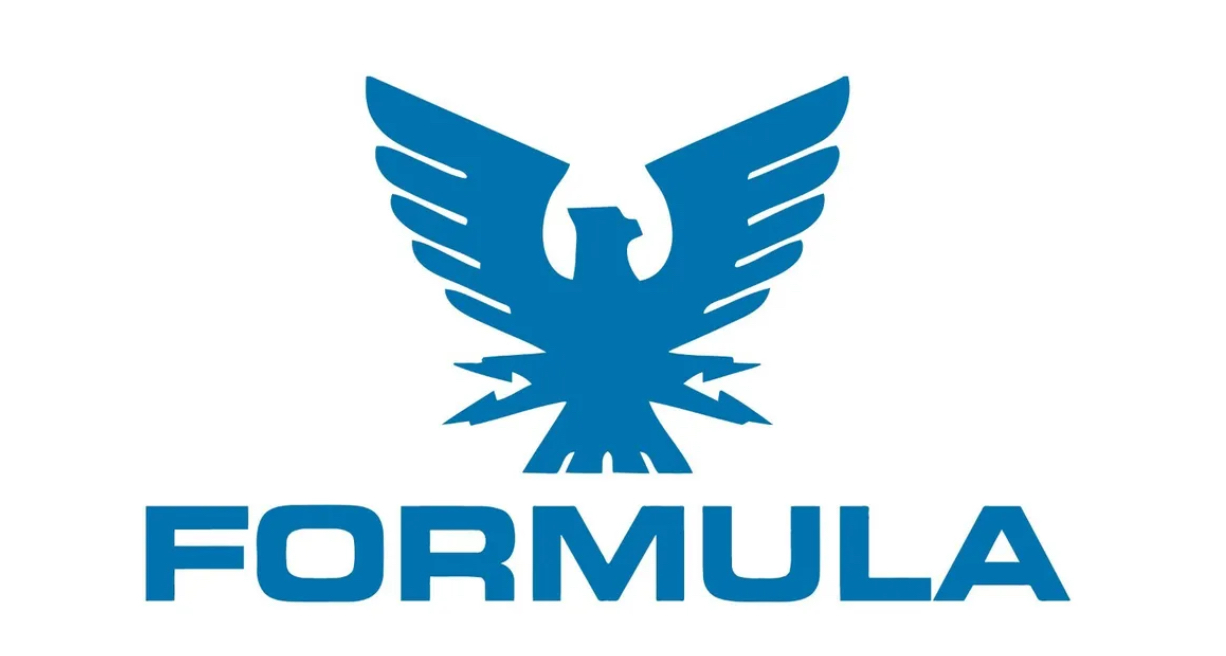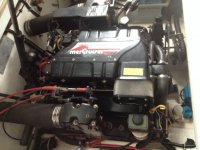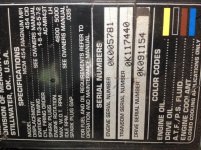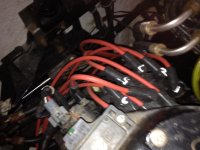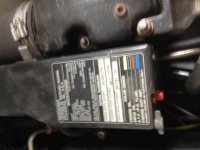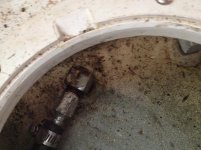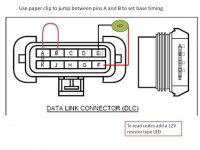It has been about a year since I posted an update. We took the boat out last Saturday and it stalled again when you try to go above about 3400 rpm. By stalling I mean that the engine seemed to die completely so that the tachometer plummets from 3400 rpm to about 1000 rpm and then when I reduce the throttle the engine kicks in again.
I drained much of the tank and used an endoscope to inspect the tank. Nothing abnormal appears from the endoscope inspection. Then I put in some fresh fuel.
I am now wondering whether the problem may not be fuel, but electrical. I notice that the marine shop did not replace the coil. Could it be a faulty coil that fails above 3400 rpm and cuts the spark to the cylinders completely and that is why the tachometer plummets, but then when the rpm is low again the coil cuts back in and the engine revives?
It would seem to me that if it were a fuel starvation problem, the tachometer would not plummet down from 3400 rpm but it would rather stutter and remain below 3400 rpm.
I had a chev suburban once that did the same thing: on the highway it would suddenly stall and then revive. You could see from the tachometer what was happening. It would plummet from about 2000 rpm to zero and then revive. In that case it was an electrical problem: when the engine was replaced the wiring was not done correctly and there was a faulty connection which evidenced itself in exactly this way, that is, a complete loss of power. Once the faulty wiring was corrected the chev suburban ran fine.
I understand that it could still be a fuel problem, but the precise symptoms incline me to think it may be an electrical problem.
And I do not think that the engine is simply shutting down to 'safe mode' due to a faulty sensor (gear oil, temp, engine oil) as it apparently can do, because it feels like the engine simply completely stalls and then restarts - it does not just drop the revs to about 1000 rpm.
Any suggestions greatly welcomed.
